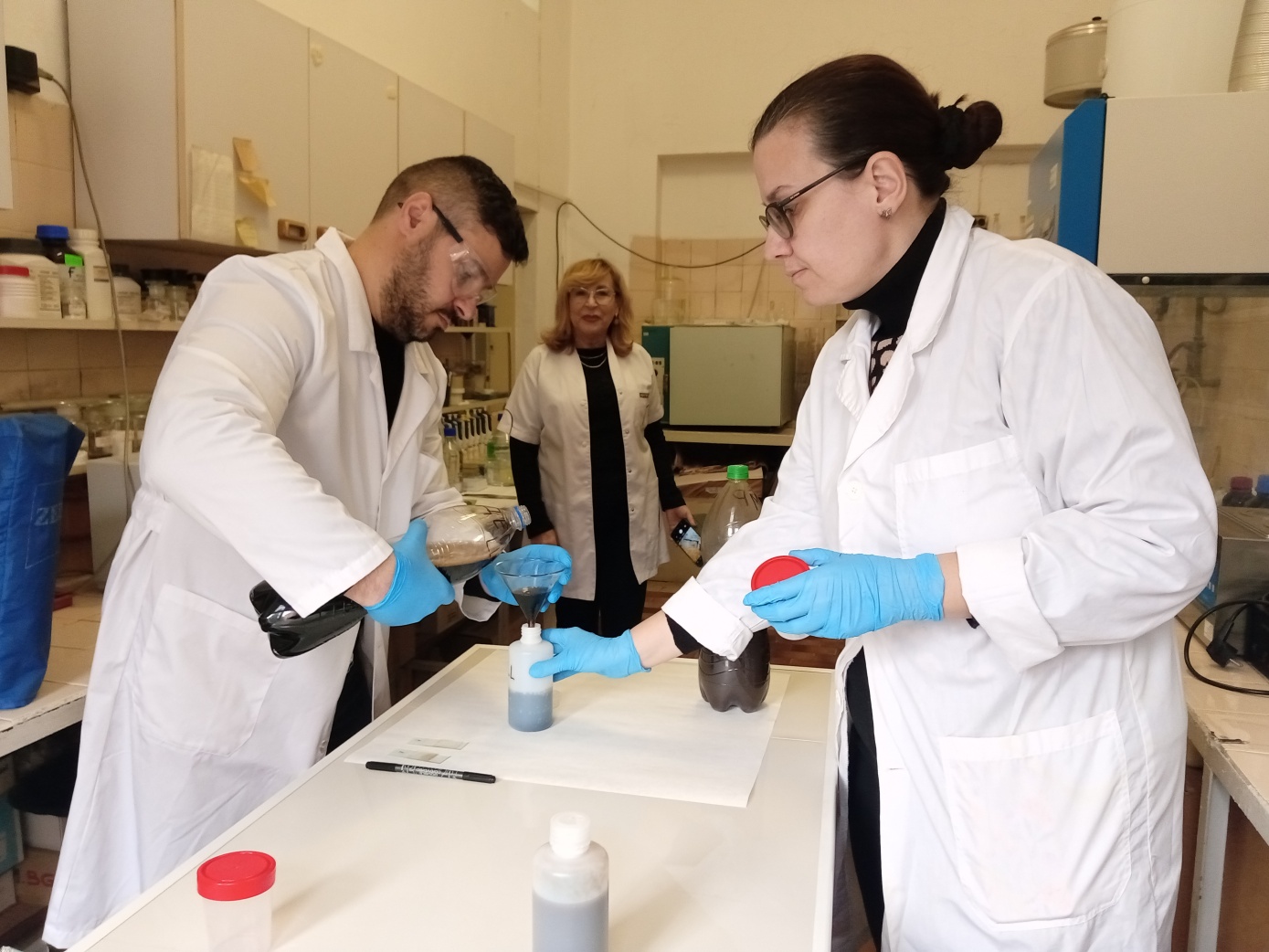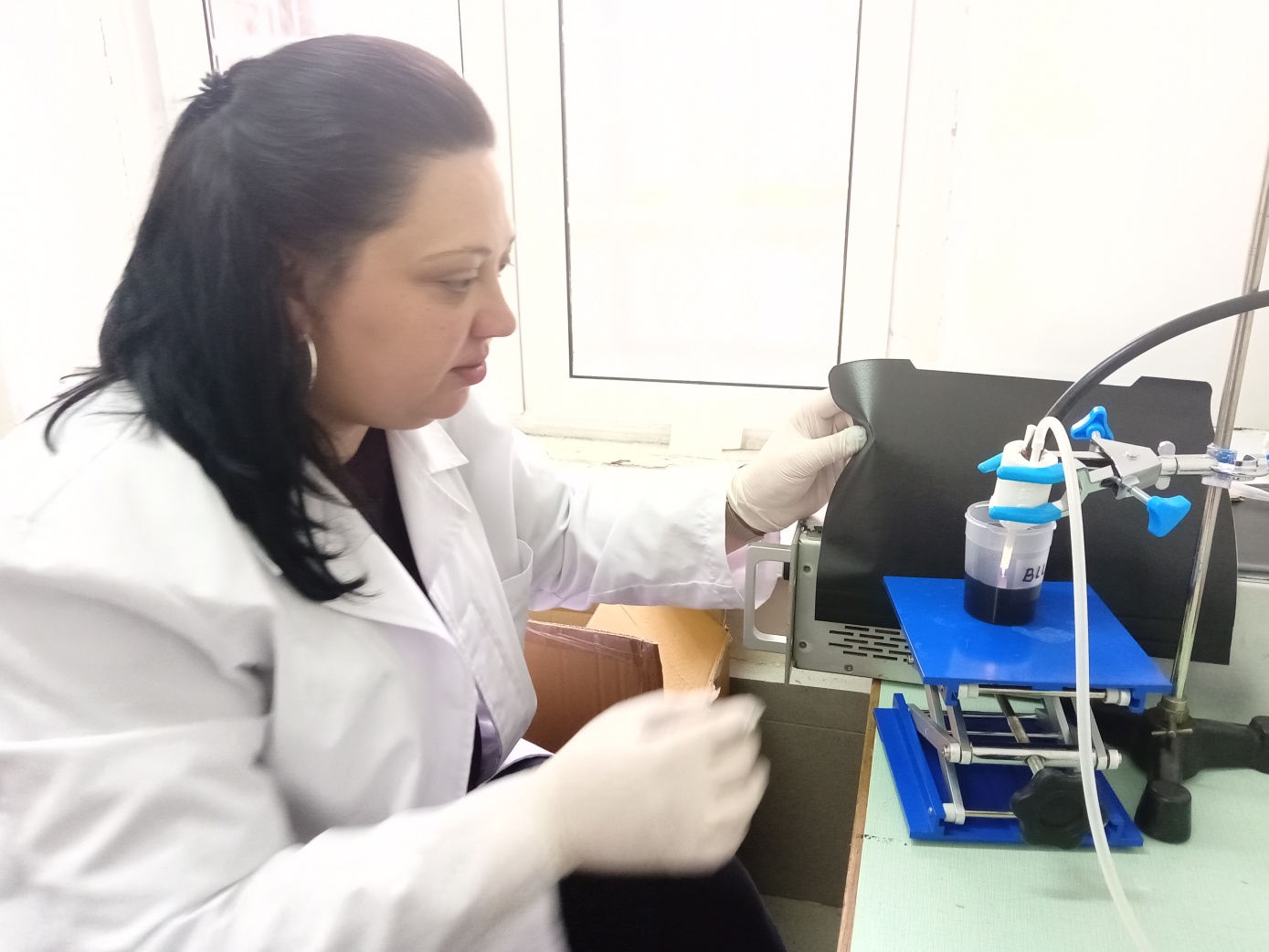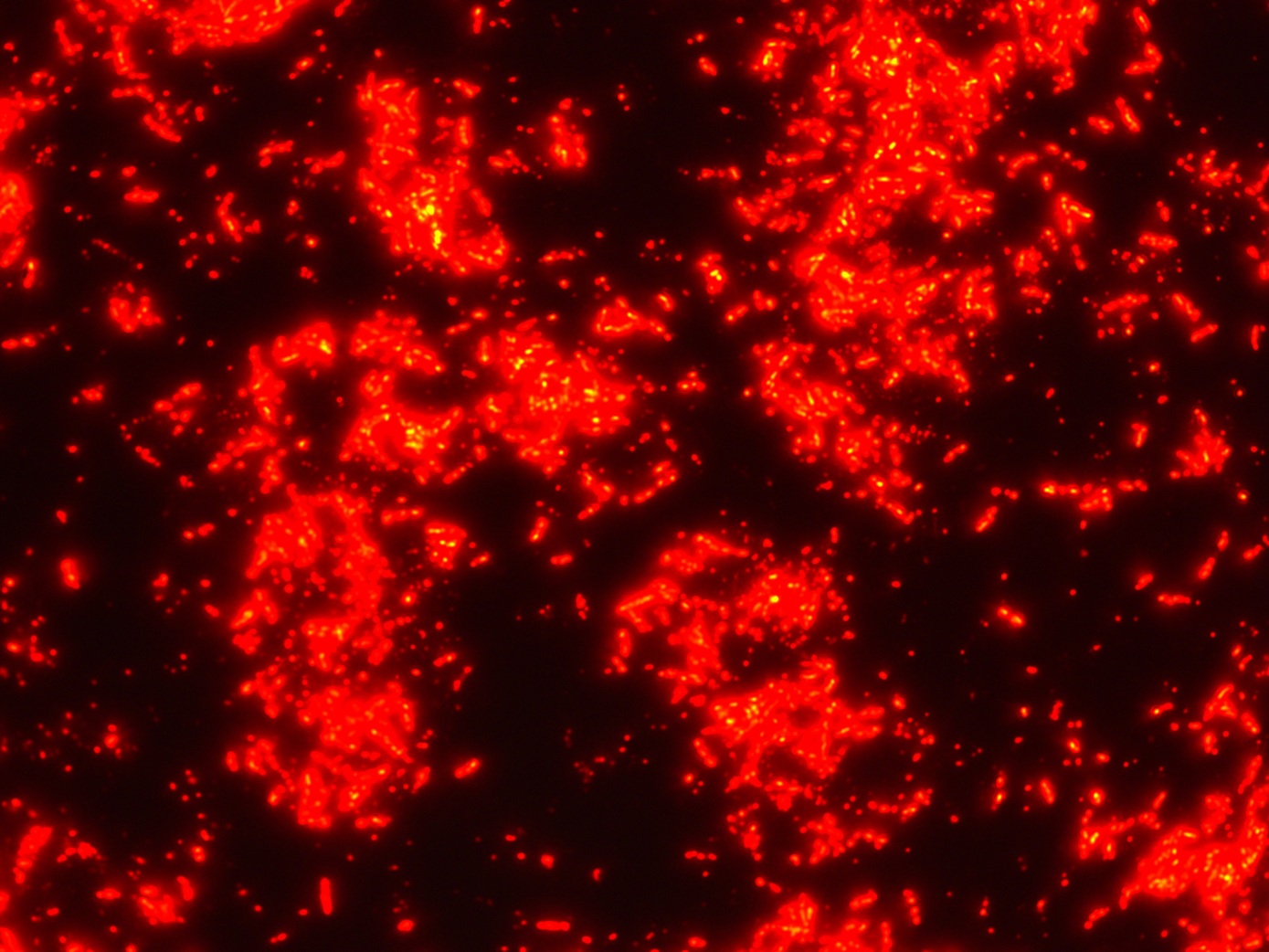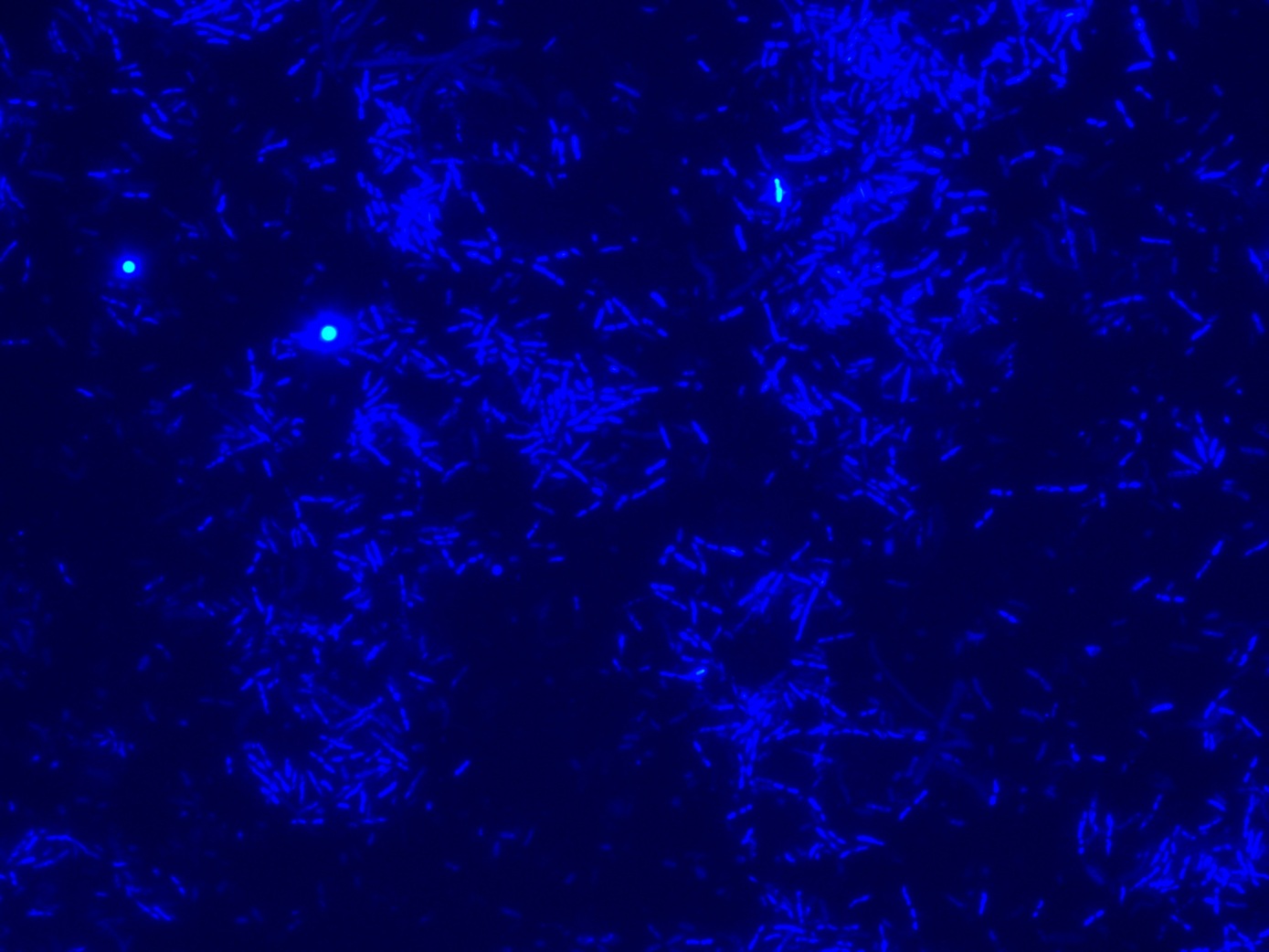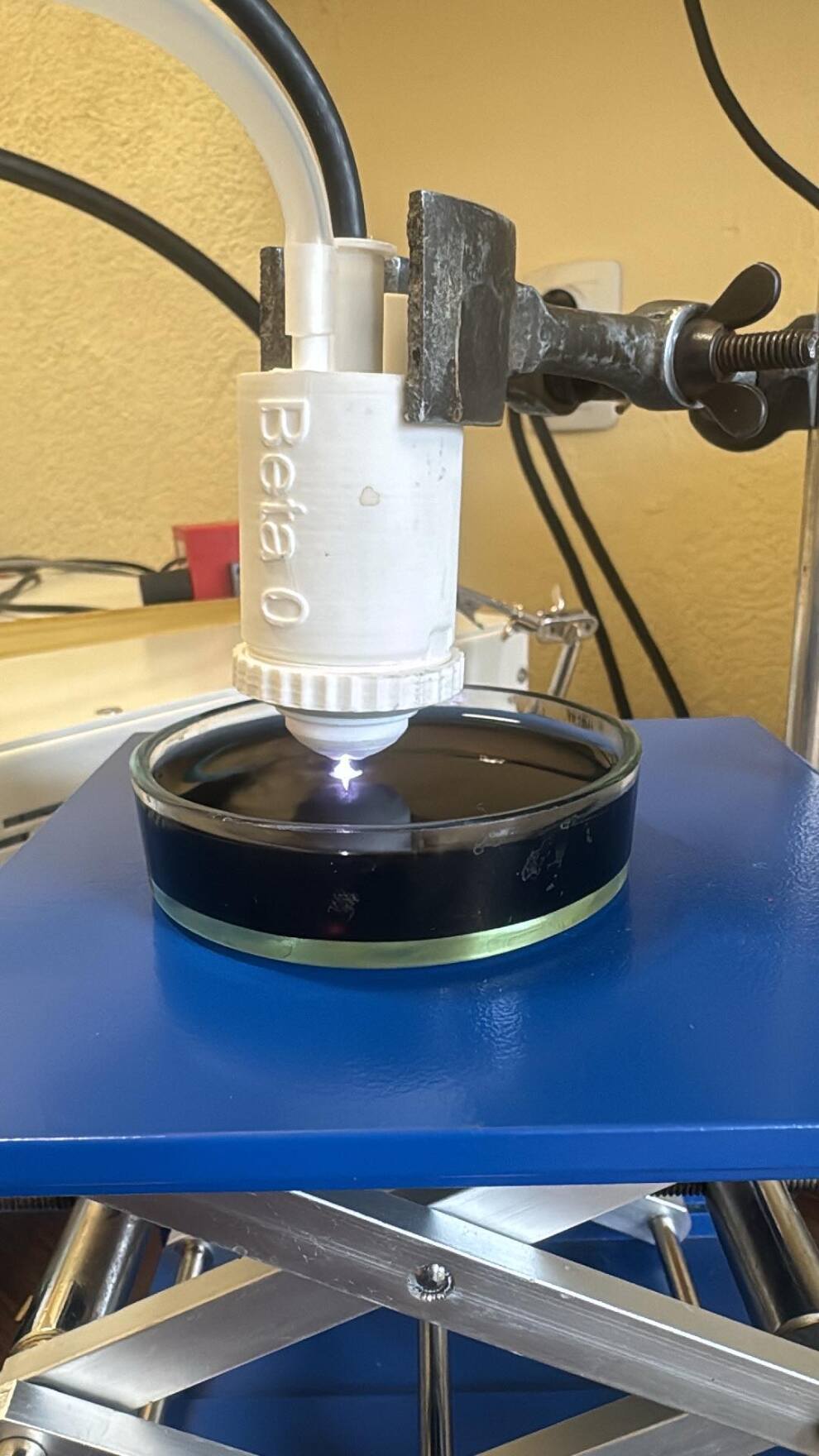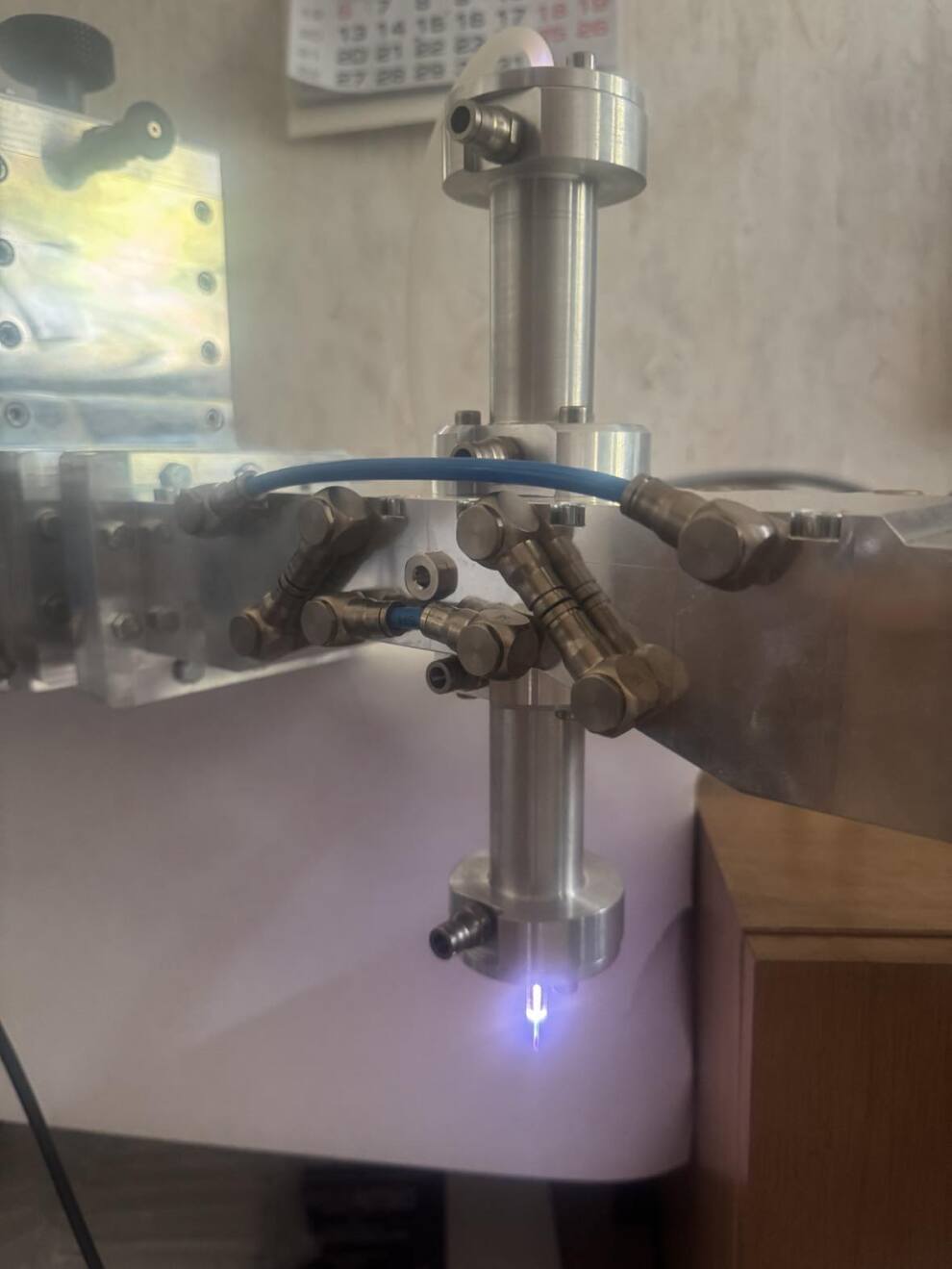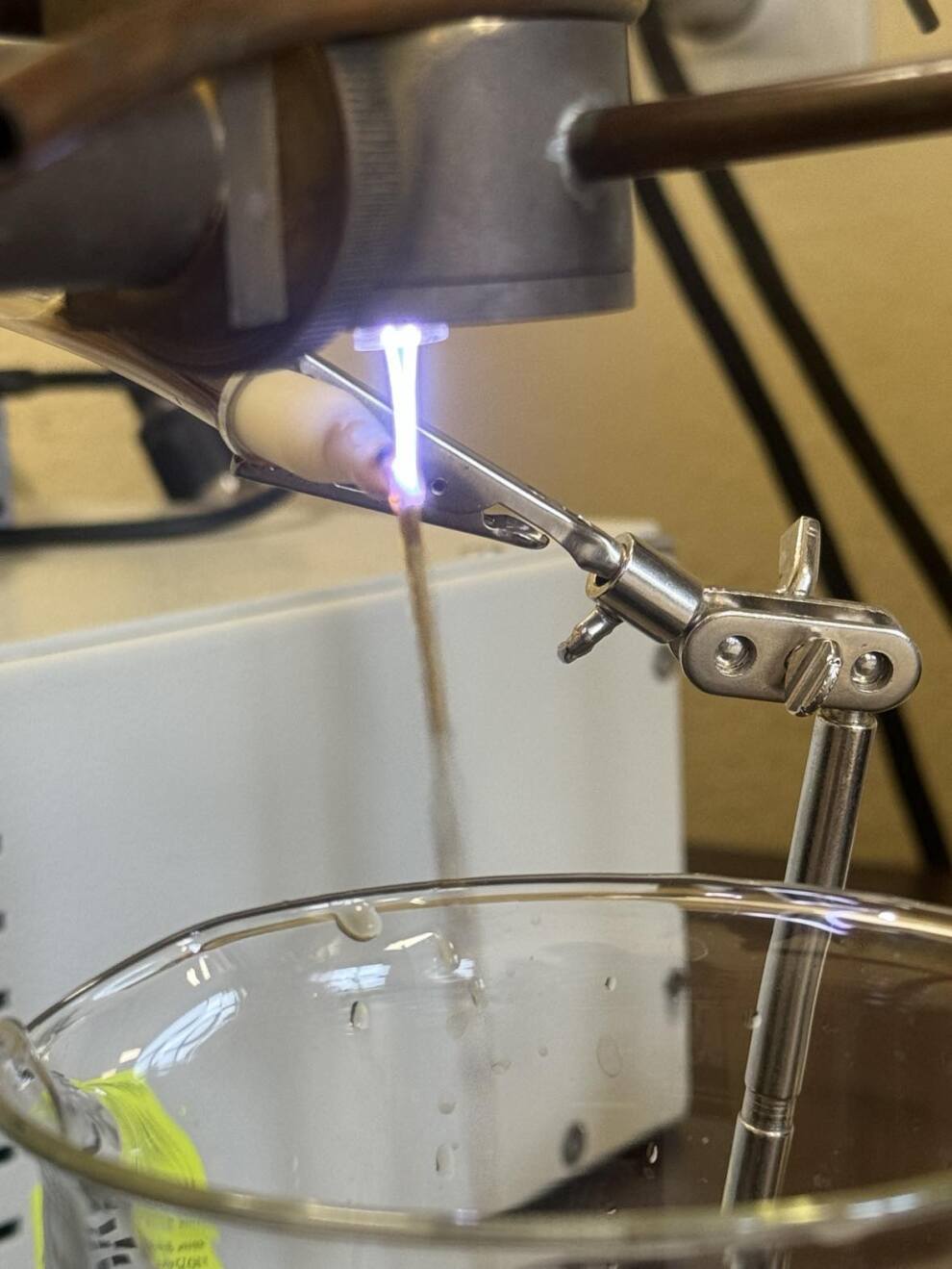Plasma-Based Treatment for Reducing the Toxicity of PFAS-Contaminated Landfill Leachate
The team of Sofia University St. Kliment Ohridski (UniSofia) continued the work in the field of creating, testing and validating new methods for the determination of the complex toxicity of PFAS and PFAS-enriched landfill leachate. The assessment was carried out in parallel with fluorescent methods, which take into account the percentage of metabolically active cells of the bacterial indicator Escherichia coli and the intensity of fluorescence.
The focus is on reducing the toxicity of landfill leachate containing PFAS through plasma-based treatment methods. The study explores the application of different plasma sources for degradation of these "forever chemicals" and mitigate their toxic effects in contaminated landfill leachate.
A variety of plasma devices were used in order to achieve better results, including surfatron, surfaguide, beta 0 device and underwater diaphragm discharge
Each of these plasma setups is being tested to determine its efficiency in reducing the toxicity of PFAS-contaminated leachate under different operational conditions.
The results confirm that the treatment with different plasma sources reduces the toxicity of landfill leachate and model solutions with low and high PFAS concentrations. The amount of toxicity reduced depends on the type of plasma used, its power, and how the toxic solution is treated. Plasma treatment is more effective on highly concentrated solutions (2-10 mg/L) and less effective on weaker ones (25-100 μg/L). The results obtained were compared with those of Biodetective Systems, which determine toxicity with CALUX.
The validated results are the basis for selecting an effective plasma source and parameters for the treatment of toxic solutions and raw materials. These will serve as the basis for creating a pilot plant for the treatment with PFAS contaminated resources (landfill leachate, etc.). The aim is to reduce their toxicity and prepare them for appropriate methods of subsequent elimination of toxicants. The efforts of the Bulgarian team are focused on the latter.

